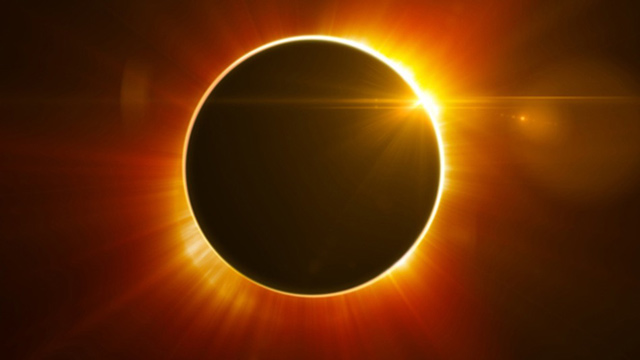Solar Eclipse: What you need to know
2017 Solar Eclipse – Safe Viewing Tips
Adapted from Original Source: www.aoa.org

Solar Eclipse: Courtesy of www.explorethedc.org
Are You Ready for the Solar Eclipse Across America?On Monday, August 21, 2017, all of the United States will have a solar eclipse. The moon will cover at least part of the sun for 2 to 3 hours. Halfway through, anyone within a narrow path from Oregon to South Carolina will experience a brief total eclipse. The moon will completely block the sun’s bright face for up to 2 minutes 40 seconds. Day will turn into night, and (weather permitting) one of nature’s most awesome sights will become visible: the sun’s shimmering outer atmosphere, or corona. The American Optometric Association, in partnership with the American Astronomical Society, is providing detailed information so that you can safely view the eclipse. In the Hartford Metro area of Connecticut, the peak of our visible partial eclipse will be at 2:45pm EST. You can find the exact timing of all viewing times here. Here are four ways to safely view a solar eclipse:
Here’s to Safe Sun Gazing! |
